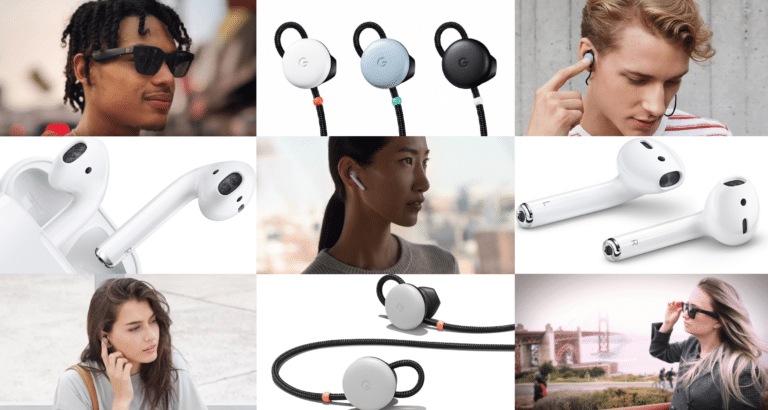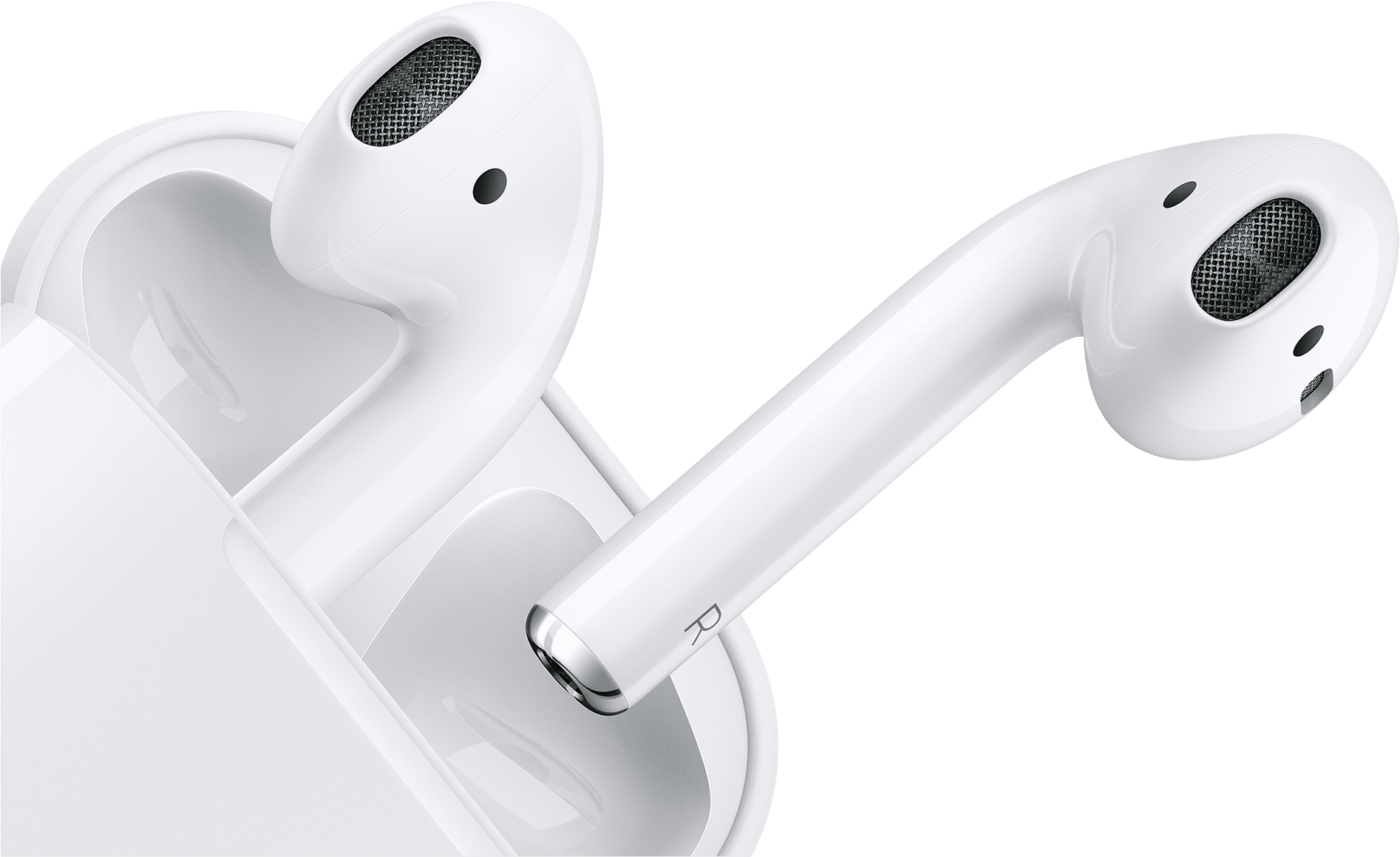
This post is adapted from ARtillery Intelligence’s latest report, Hearables: Broadening the Definition of AR. It includes some of its data and takeaways. More can be previewed here and subscribe for the full report.
Picking up where we left off last week in examining audio AR, a key accelerant will be investments by tech giants to bring it to market. As we’ve examined, tech giants’ self-serving motivations to future proof core business can involve market-accelerating investment in emerging tech.
That principle applies to audio AR, including players mentioned last week and those that join them. To characterize activity so far and to extrapolate market directions, we’ll take a closer look at three examples: Apple, Google and Bose. They’re each investing in audio AR, but in very different ways.
Apple
Starting with Apple, understanding its hearables ambitions requires first looking at its rumored AR glasses. Given Apple’s track record in mainstreaming emerging tech, AR proponents are hoping for some of that signature halo effect. Long-running rumors point to a 2020 release date.
But recent signals indicate the program may be on hold due to personnel reasons and readiness of the underlying technology. The latter is one reason ARtillery Intelligence has been skeptical for a while about 2020, basing market forecasts instead on a 2022 arrival for Apple glasses.
Regardless of timing, we remain confident that Apple AR glasses are coming. As mentioned earlier, tech giants’ financial motivations can reveal directional signals for tech giants’ AR moves. That’s especially true for AR’s role at Apple to both prop up and succeed an aging iPhone.
As background, the iPhone is maturing, along with the rest of the smartphone market. But as iPhone sales continue to decelerate, wearables are a beacon of hope in Cupertino. That was once the position where the iPhone sat in being the rising star to offset maturing Mac sales.
Specifically, iPhone sales are down $3.5 billion year-over-year in Q3 2019, while wearables reached $5.5 billion. The growth in the latter isn’t enough yet to offset the former, but it’s still a young product line growing from a small base, compared to the saturated smartphone market.
Add it all up and there’s too much on the line for Apple to walk away from AR glasses. A supporting role to the iPhone could make AR glasses’ overall revenue impact in the tens of billions. Equally important, they could also prop up Apple’s next big play: a wearables suite.

iWear
That brings us back to AR audio. Glasses could be a key component in a wearables line that succeeds the iPhone as Apple’s cash cow. In concert with AirPods, Watch and others, it could augment several senses and comprise the ultimate personal computing touchpoint to our lives.
This is classic Apple and could manifest in a holistic suite of wearables that includes line-of-sight AR through glasses; biometric tracking and info delivered to your wrist; and textured/intelligent audio delivered to your ears through Airpods. Altogether, it’s a suite of sensory augmentation.
This scenario would also align with Apple’s affinity for platform lock-in as a means to greater ARPU. A wearables suite could promote multi-device ownership through functional advantages, just like Apple has done for years with interlocking devices like iPhone, iPad, AppleTV and Mac.
And the first steps are underway. Apple Watch has been one of the most successful Apple products in years, as have AirPods. The latter sold an estimated 25 million units last year. This conditions user behavior around an all-day hearable device – the first step to an audio AR future.
Those who wear AirPods frequently tend to wear them for long stretches of the day, which is a positive sign. However they remain idle most of that time and are activated occasionally for phone calls or other basic functions. The eventual vision is for audio AR cues on a more perpetual basis.
To get there requires apps. That will happen by Apple internally, just like default iOS apps (Mail, Maps, Calendar, etc.). Then just like the iPhone, we believe it will open up audio AR development. The historical analogy is that we’re now at the iPhone 1, before the App Store launched.
Next we’ll examine Google and Bose. See more details about this report or continue reading here.
For deeper XR data and intelligence, join ARtillery PRO and subscribe to the free AR Insider Weekly newsletter.
Disclosure: AR Insider has no financial stake in the companies mentioned in this post, nor received payment for its production. Disclosure and ethics policy can be seen here.
